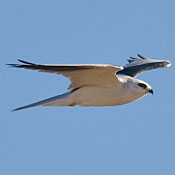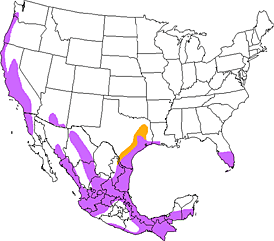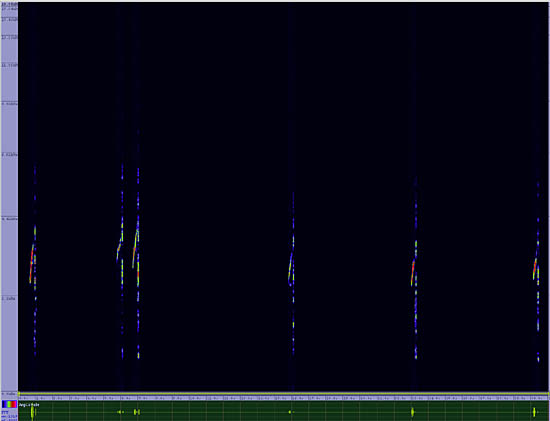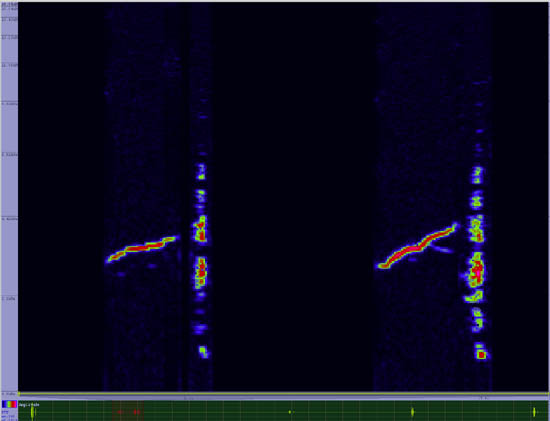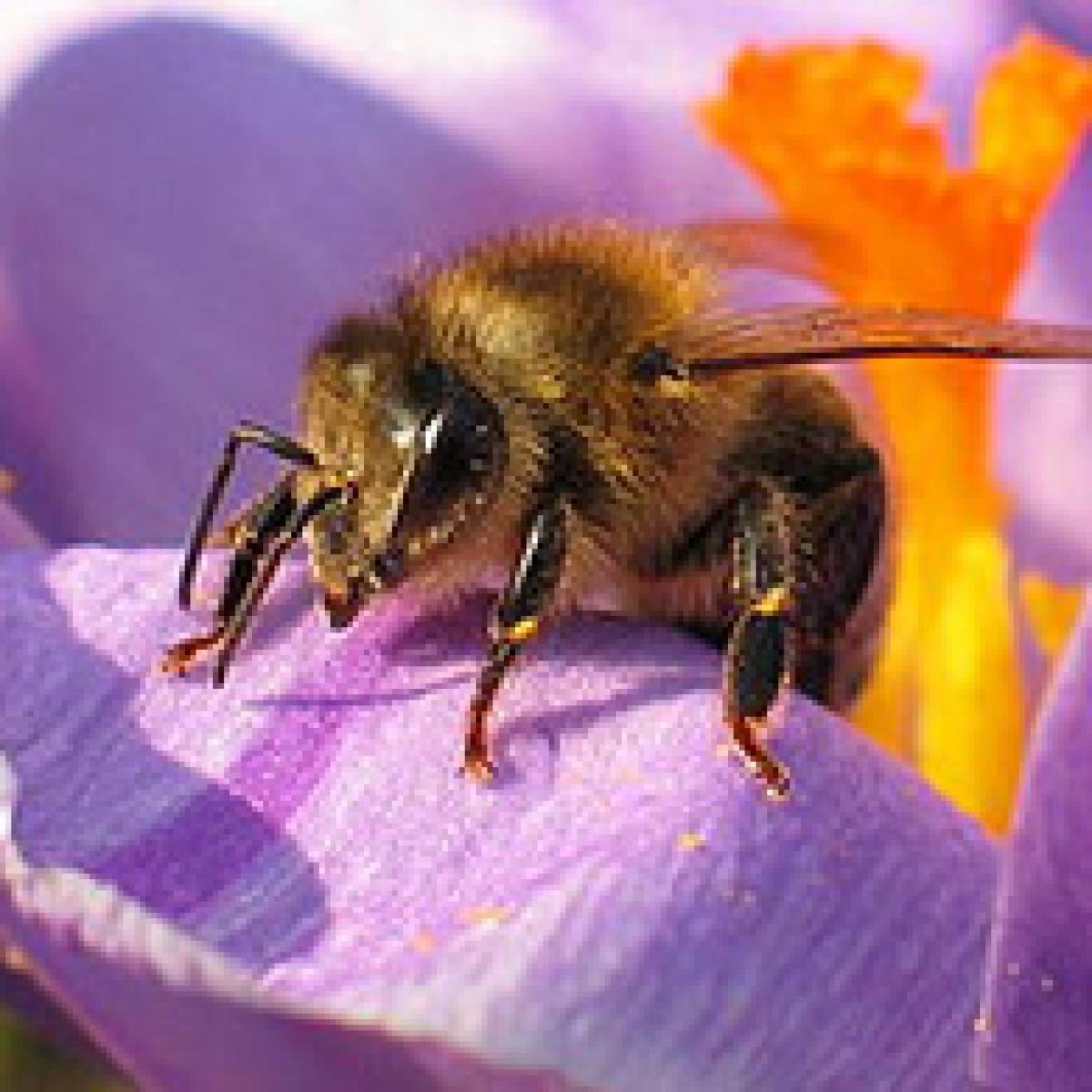White-tailed Kite
Elanus leucurus

Hawk Like
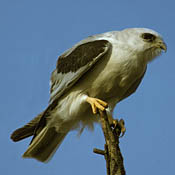
Length: 15 in. (38 cm )
Usually seen perched on a lone tree or telephone pole in savanna and grassy agricultural areas, this beautiful hawk also often hovers conspicuously over the ground looking intently down for prey. The kite feeds on small rodents, birds, reptiles and large insects. The nest is a stick platform placed at the top of a lone tree. The range of the White-tailed Kite has expanded considerably over the last 40 years, probably due to more extensive agricultural fields and the mice that live in them.
The four-digit banding code is WTKI.
Bibliographic details:
- Article: White-tailed Kite
- Author(s): Dr. Biology
- Publisher: Arizona State University School of Life Sciences Ask A Biologist
- Site name: ASU - Ask A Biologist
- Date published: 13 Jul, 2017
- Date accessed: 24 November, 2025
- Link: https://askabiologist.asu.edu/activities/bird/white-tailed-kite
APA Style
Dr. Biology. (Thu, 07/13/2017 - 15:38). White-tailed Kite. ASU - Ask A Biologist. Retrieved from https://askabiologist.asu.edu/activities/bird/white-tailed-kite
Chicago Manual of Style
Dr. Biology. "White-tailed Kite". ASU - Ask A Biologist. 13 Jul 2017. https://askabiologist.asu.edu/activities/bird/white-tailed-kite
MLA 2017 Style
Dr. Biology. "White-tailed Kite". ASU - Ask A Biologist. 13 Jul 2017. ASU - Ask A Biologist, Web. https://askabiologist.asu.edu/activities/bird/white-tailed-kite
Be Part of
Ask A Biologist
By volunteering, or simply sending us feedback on the site. Scientists, teachers, writers, illustrators, and translators are all important to the program. If you are interested in helping with the website we have a Volunteers page to get the process started.



